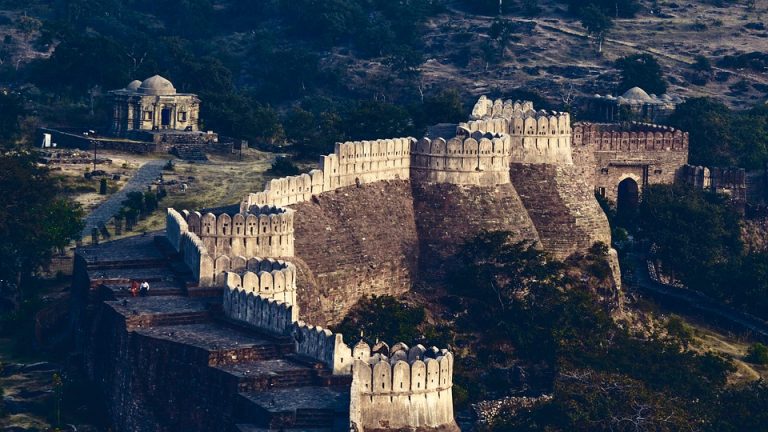Things To Do In Kumbhalgarh Fort 2024 | Places To Visit in Kumbhalgarh 2024 | Fort in Rajasthan | Second Largest Wall in the world | Kumbhalgarh Fort Travel Guide 2024 | Kumbhalgarh Fort History | Timings | Entry Fee | Best Time To Visit
Kumbhalgarh Fort History
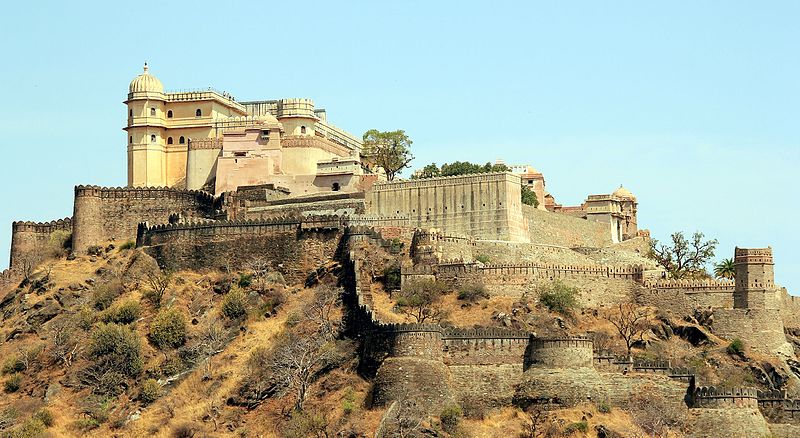
Kumbhalgarh is a fort that is famous for its historical heritage as well as the second-longest wall in the world after the wall of China, so can I tell the history of Kumbhalgarh inside a blog, through a blog can I tell the glorious history of Rana Kumbha, the founder of this invincible fort, Can I tell about the time spent in this impregnable fort of Maharana Pratap, the heroic son of the whole of India and the first freedom fighter.
I will not be able to do so, because the history of Kumbhalgarh Fort is not as simple as the rise and fall of a dynasty since the 6th century and the history of Kumbhalgarh I will be able to give information, I am not a historian – some historians say that this fort was first known as Machindrpur, while a historian Sahib Hakim had named it “Mahore”.
The original fort was constructed during the 6th century by Raja Samprati of the Mauryan era, of strategic importance. The fort we see in present-day was built by Rana Kumbha, who was Rana of Mewar from the Sisodia Rajput dynasty. Rana Kumbha gave the responsibility of building this fort to the then-famous architect, “Madan”.
Rana Kumbha’s Mewar kingdom extended from Ranthambore to Gwalior and included Madhya Pradesh as well as the whole of Rajasthan. Rana had 84 forts under his dominion out of which Rana Kumbha built 32 of them, of which Kumbhalgarh is the largest and the largest. According to popular folklore, Maharana used to consume fifty kilograms of ghee and a hundred kilograms of cotton to provide light for the working peasants during the nights in the Kumbha valley.
Kumbhalgarh Fort was used as a place of refuge for the rulers of Mewar in times of danger. This is the same Kumbhalgarh Fort, the birthplace of Maharana Pratap, with the construction of this fort, this fort was attacked by external invaders for years but no one was successful, history only once this fort was conquered by enemies.
Akbar’s commander, Shabbaz Khan, took control of the fort in 1576. However, it was withdrawn by Maharana Pratap in 1585 through guerrilla warfare. Six Forts of Rajasthan, namely, Amber Fort, Chittor Fort, Gagaron Fort, Jaisalmer Fort, Kumbhalgarh, and Ranthambore Fort were included in the UNESCO World Heritage Site list during the 37th meeting of the World Heritage Committee in Phnom Penh City, Cambodia in June 2013.
The geographical location of Kumbhalgarh Fort
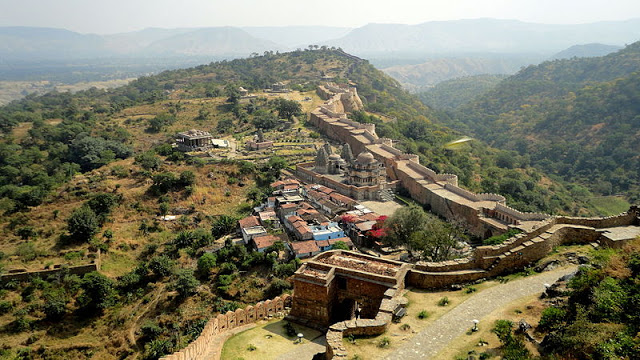
Situated amidst dense hills, Kumbhalgarh Fort is situated in western India in the middle of a wide range of Aravalli hills in Rajsamand district near Udaipur in Rajasthan state. This historical Fort of Rajasthan is included in the World Heritage Site. This fort was built by Rana Kumbha during the 15th century. The distance between Kumbhalgarh and Udaipur by road is only 82 km.
Kumbhalgarh Fort after Chittorgarh Fort This is the most important fort of Mewar State at that time. Built at an altitude of 1,100 meters (3,600 ft) above sea level on the Aravalli ranges, the Fort of Kumbhalgarh in the world is a wall built around this fort which is 36 km (22 mi) long and 15 feet wide, making it the world’s largest Builds one of the longest walls. Kumbhalgarh has seven fortified gates.
Tourists can enter the fort via Aret Pol, Hanuman Pol, and Ram Pol. Aret Pol is situated in the south while Ram Pol is in the north. Hanuman Pol has the image of Hanuman whom Rana Kumbha brought from Mandavpur. The fort complex is accessible through Bhairon Pol, Nimbu Pol, and Pagara Pol. Another gate in the fort on the east side is Danibatta.
There are more than 360 temples within the fort, 300 ancient Jain and 60 Hindu temples. From the top part of the palace, the Aravalli ranges can be seen for several kilometres in the range, and the dunes of the Thar Desert can be seen from the fort walls.
Second Largest Wall in The World
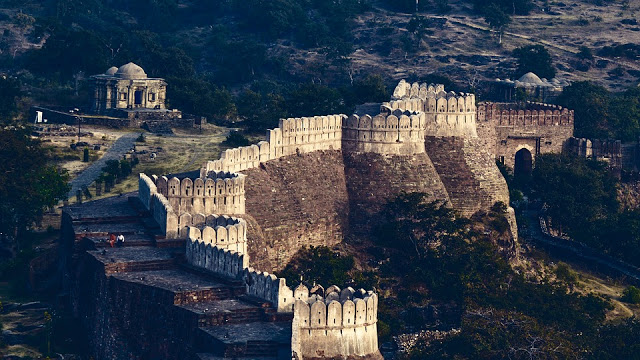
Surrounding the ancient fort of Kumbhalgarh, this wall is full of the most hidden secrets of India, many local stories are also heard about this wall. The main reason for the construction of this wall was to protect a huge fort from external invasion, this wall was built by Rana Kumbha with the construction of Kumbhalgarh Fort.
The length of this wall around the fort is 36 kilometres and the width is 15 meters. It is said that 10 horses can run simultaneously on this wall. Due to its length, it is the second-largest wall in the world after the Great Wall of China. This wall is also called the Great Wall of India ( Second second-largest wall in the world).
Places to visit in Kumbhalgarh
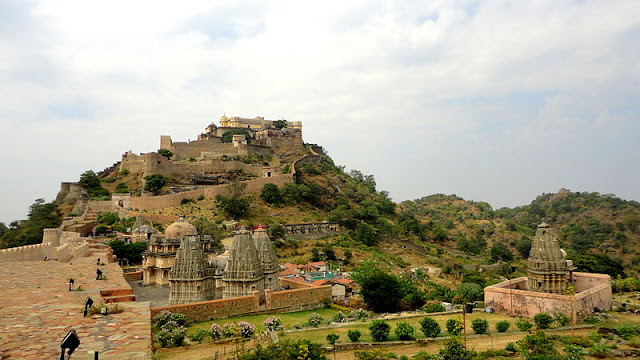
The fort includes various important buildings to see such as Badal Mahal, the birthplace of Maharana Pratap and Hindu and Jain temples. The main fort and its ramparts are made of strong stone, due to which the main fort still stands firmly with time.
Badal Mahal Kumbhalgarh Fort
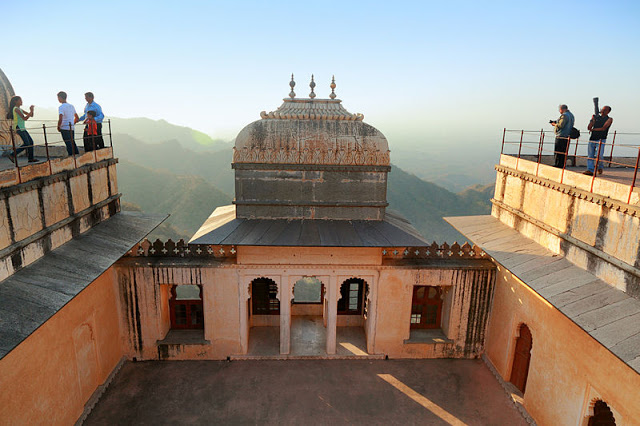
Kumbhalgarh Fort has a cloudy position at the top. Badal Mahal is a two-storied palace. The entire building of Badal Mahal is divided into two separate parts, which are called Mardana Mahal and Zanana Mahal. Badal Mahal has a 19th-century design, there are beautiful colourful rooms inside the palace, and the palace has been made of pastel-coloured murals.
The rooms of the palace are painted in turquoise, green and white. The palace is also known as the Palace of Clouds due to being situated at the highest height in the fort. This is one of the main attractions inside the fort, Janna Mahal, this part of the palace uses a stone lattice, these nets were used to watch the proceedings of the queen’s court and other main events. The castle’s Camaro air conditioning system is very creative, allowing cool air to enter the beautiful rooms.
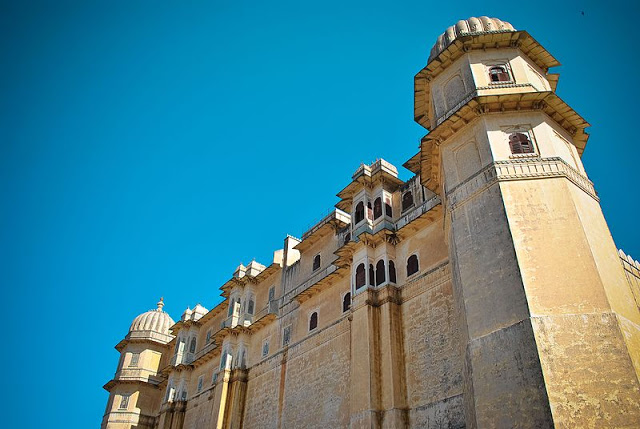
There are two other historically important places inside the Kumbhalgarh Fort and the birthplace of Maharana Pratap called Jhalia Ka Malia near Pagda Pol and the last fortified, the gate is located near Nimbu Pol.
It is the place that bears witness to the supreme sacrifice of the faithful servant Pannadhaya, who sacrificed his son Chandan to save the life of Kunwar Uday Singh and sent him to a safe place to save the young Maharaja Udai Singh.
Hindu and Jain Temples in Kumbhalgarh Fort
Rana Kumbha, being a great warrior had a deep faith in Lord Shiva and built many temples during his reign. The entire fort has about 360 temples, of which 300 are Jain temples and 60 Hindu temples, which have elaborate and delicate carved structures.
Neelkanth Mahadev Temple Kumbhalgarh Fort
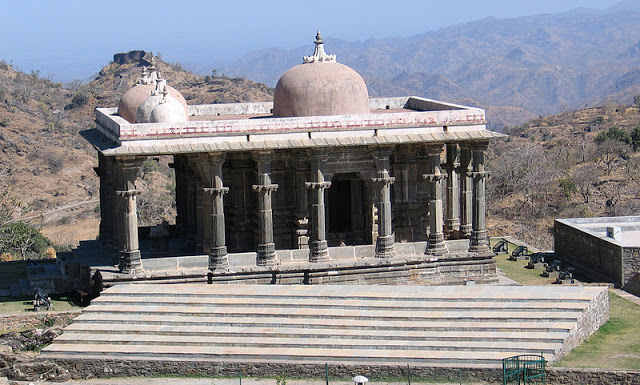
The most important and revered temple in the fort is the temple of Neelkanth Mahadev, which is dedicated to Lord Shiva. With its massive round domes, intricately carved ceilings, 24 pillars, wide courtyards, and 5-foot-high lingam, the temple offers an unmatched architectural pattern. It is believed that Maharana Kumbha had a deep faith in Lord Shiva, so he would not start his day without praying to Lord Shiva.
An interesting story is also heard there that the length of Rana Kumbha was such that when he sat down to pray, his eyes were equal to the eyes of the Lord’s idol installed in the temple. The inscription of the palace suggests that the temple was renovated by Rana Sanga.
Ganesh Temple Kumbhalgarh Fort
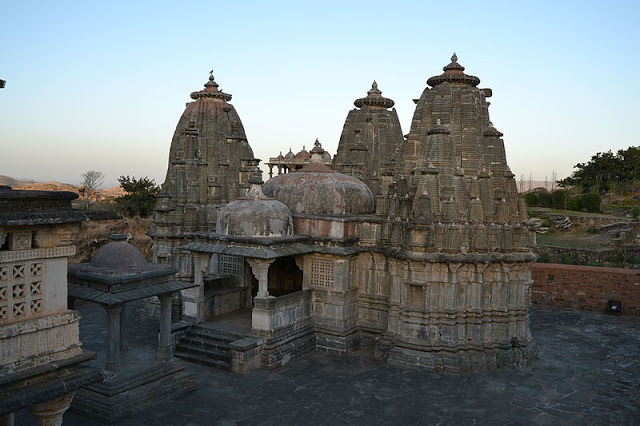
The fort itself has a Ganesh temple built on a 12 ft (3.7 m) platform and is considered to be the oldest of all the temples built inside the fort. Other notable temples are Parshvanath Jain Temple (built in 1513), Bawan Devi Temple, Vedi Temple and Golare Jain Temple are the main Jain temples of the fort.
The Mataji Temple, also known as the Kheda Devi Temple, is the main temple inside the fort, the Mamdev Temple, the Pital Shah Jain Temple, and the Sun Temple.
Vedi Temple Kumbhalgarh Fort
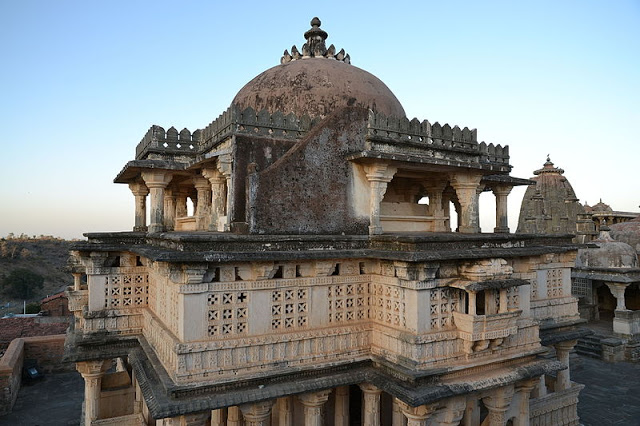
The Vedi Temple is a Jain temple with three storeys and was built in an octagonal shape. The temple was built by Rana Kumbha and is located near Hanuman Pol. The construction of this temple was mainly to perform Yajna and Havan, this is the only one of its kind temple. To go to the temple people have to go to the temple through the stairs. The roof of the temple rests on 36 pillars and has a dome on the topmost part. Rana Fateh renovated this temple during his reign.
Parshwanath Jain Temple Kumbhalgarh Fort
Parshvanath was a Jain Tirthankara and a temple was built by Nar Singh Pokhar to worship him. The statue of Parshwanath is installed here, which is three feet in height.
Bawan Devi Temple Kumbhalgarh Fort
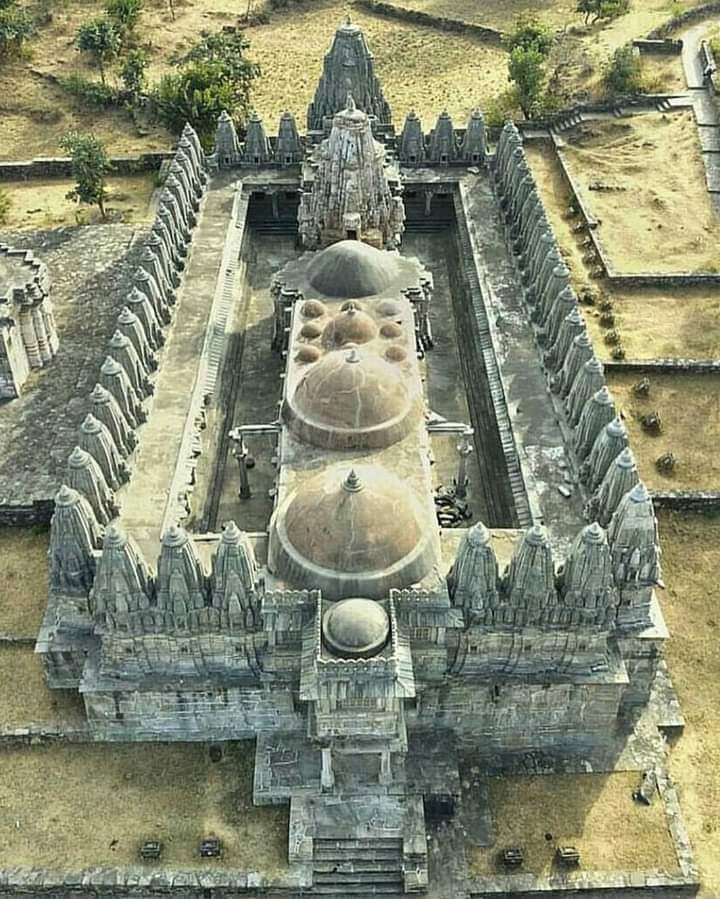
It has been named Bawan Devi Temple as it has 52 temples in the same complex. The temple has only one gateway through which devotees can enter. Of the 52 statues, two are large and the rest are small and are placed around the wall. A statue of a Jain Tirthankara is also positioned on the front limb of the gate.
Golare Jain Temple Kumbhalgarh Fort
The Golaro group of temples are located near the Bawan Devi temple, on whose walls are carved images of deities.
Mamdev Temple Kumbhalgarh Fort
Mamdeo Temple is also known as Kumbh Shyam Temple. This is the same place where Rana Kumbha was killed by his son while he was kneeling and praying. The temple has pillared mandapa all around and a flat-roofed sanctum sanctorum. Along with this, sculptures of deities are carved on the walls. There is also an inscription in which Rana Kumbha details the history of Kumbhalgarh.
Pital Shah Jain Temple Kumbhalgarh Fort
Pital Dev Temple is a Jain temple built by Pitlia Jain Seth. There is also a pavilion and a sanctum based on columns and people can enter here from all four directions. Statues of deities, nymphs, and dancers are also built in the temple.
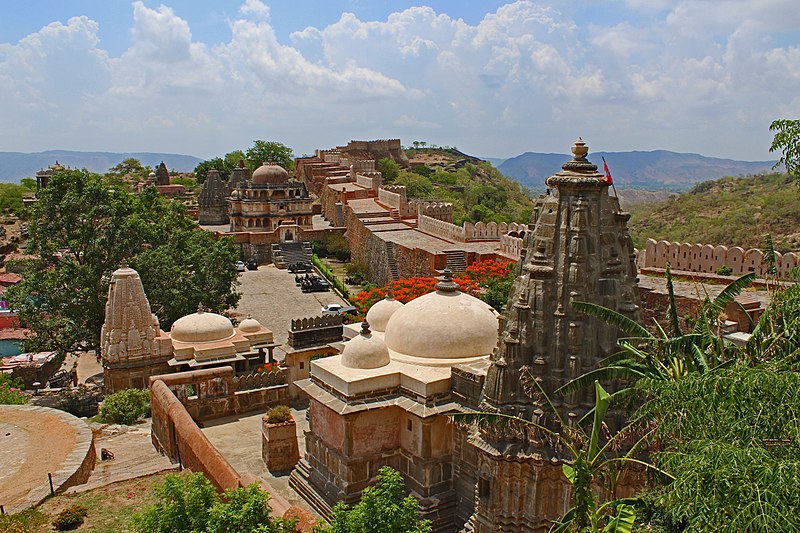
Kumbhalgarh National Park
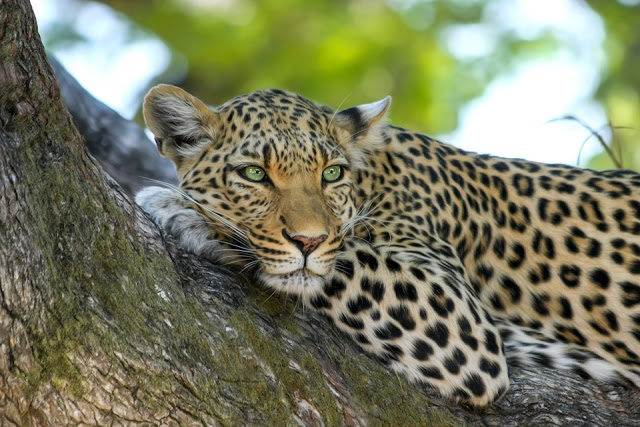
Kumbhalgarh National Park is a popular tourist destination and National Park in the state of Rajasthan, covering a total surface area of 578 sq km in the Rajsamand district. This National Park surrounds parts of Udaipur, Rajsamand, and Pali across the Aravalli ranges.
Kumbhalgarh Fort is also included in this National Park and the name of this area is named Kumbhalgarh National Park after this fort. This hilly and dense forest of Kumbhalgarh is completely different from the desert region of Rajasthan, the green part of this park Rajasthan forms a dividing line between the two parts Mewar and Marwar.
Let me tell you that the place where this National Park is situated today was once a royal hunting ground and in 1971 it was converted into a National Park. The Banas River flowing here beautifies the National Park and is also a primary source of water for it.
Kumbhalgarh National Park is a very vast forest area and many wildlife animals are found here and tourists come all year round to see the dense vegetation-rich forest. Therefore, in my next blog, I will provide you with complete information on this National Park. Now you people have enjoyed watching Kumbhalgarh Fort.
Kumbhalgarh Festival
In December, the Rajasthan Tourism Department organised a three-day annual festival at the fort to commemorate the contribution made by Maharana Kumbha towards art and architecture. At that time, the fort hosts night and a night light and sound shows.
Various concerts and dance programs are also organized to commemorate the ceremony. During this festival, various events such as Heritage Fort Walk, turban tying, tug of war, and mehndi Mandana among others are organized to encourage the tourists.
Things to do in Kumbhalgarh Fort
The only and best way to see the fort is to walk the entire fort on foot, you will not get permission to take a vehicle inside the fort. All main attractions are located around the main gate of Hanuman Pol.
The famous Great Wall of India means you cannot go far on the wall of Kumbhalgarh, for security reasons, it has been closed after going some distance, you also have to keep in mind that going too far on the wall can be dangerous.
The main palace and temples are located close to the main gate of the fort, which can be seen easily in 1-2 hours. But if you want to see the entire campus, then it may take up to 6-7 hours or it would be appropriate to visit this campus all day.
A light and sound show starts every evening at 6:45 pm to entertain the tourists. Here the glorious history of this fort and the rich culture of Rajputs are shown through music and lights.
The entire fort is lighted for about an hour and the scene that is formed at that time takes your delight. It is almost impossible to see the whole fort in one day, you will have to see all the scenic places present inside the fort, one day the journey is insufficient for this.
Best time to visit Kumbhalgarh Fort
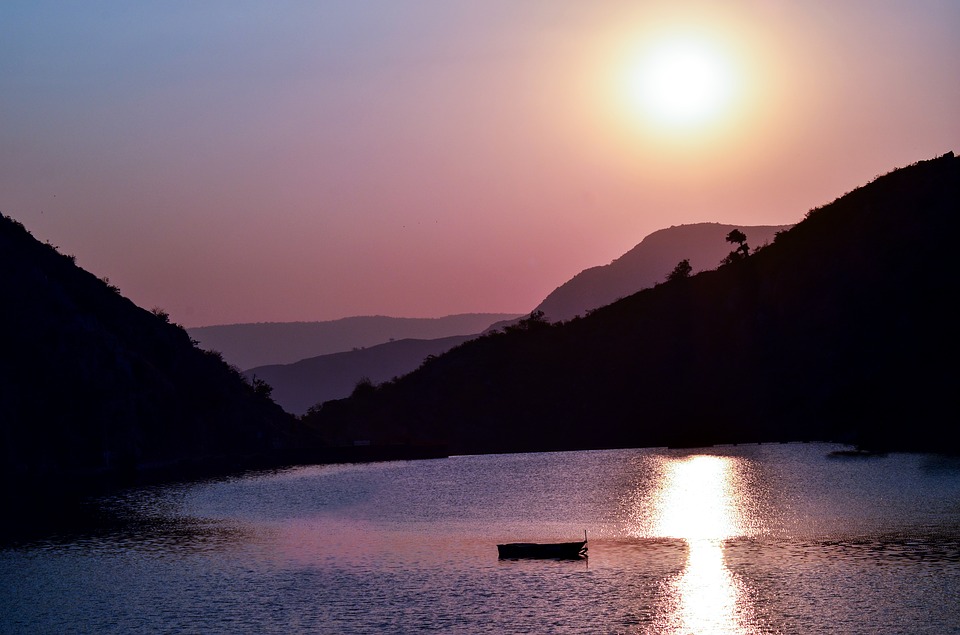
The best time to visit Kumbhalgarh Fort is monsoon or winter between July to February. The climate of the place is very cold at this time, so this time is the best time for Shailanis to see this fort.
Residents of Kumbhalgarh Fort
The residents of the fort are predominantly Muslim families but Bappa Rawal and his descendants and Maharana Kumbha, the builder of the Kumbhalgarh Fort, are revered by these people.
These people still preserve the heritage of their dynasty, some Hindu families also live in the fort complex. Residents of the residents of this place are located near the fort premises, they live in the fort itself and do farming inside the fort.
The main means of income of these people are farming and tourists visiting here. The residents are very aware of the cultural heritage of the fort, if you damage the fort then these people oppose it.
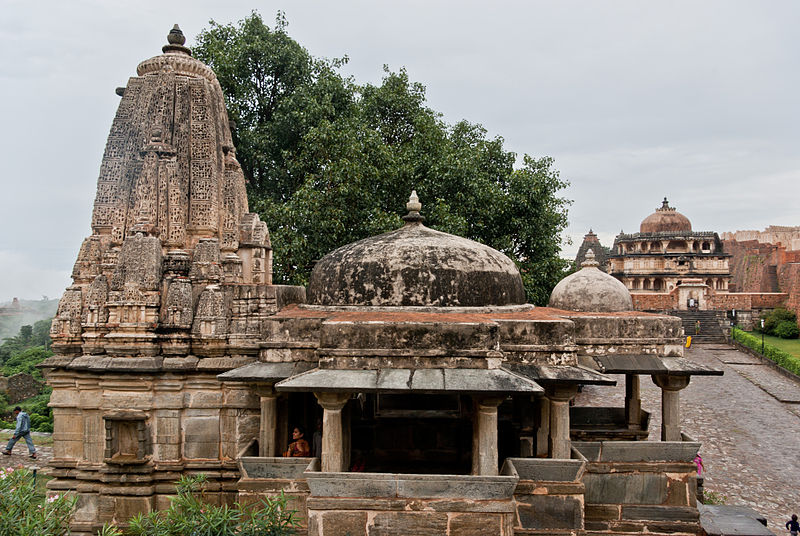
Local Market and Language inside Kumbhalgarh Fort
Inside the fort, you will find restaurants to eat, and handicraft shops for shopping. Food and handicrafts can be a bit expensive. Residents mainly use Mewari and Hindi languages.
Hotels in Kumbhalgarh Fort
Due to being a famous tourist place, there are many hotels and resorts around the fort which you can book through Google or another travel website. There are also some local hotels which you can see once, all the hotels or resorts here are a little expensive. There are also restaurants and dhabas for eating around. Restaurants for eating inside the fort are also built.
Kumbhalgarh Fort Entry Fee
The entry fee for the Indian visitor is INR 15 while the foreign traveller is INR 100. There is no separate charge for the camera.
Kumbhalgarh Fort Timing
From 08:00 AM to 06:00 PM.
How to reach Kumbhalgarh Fort
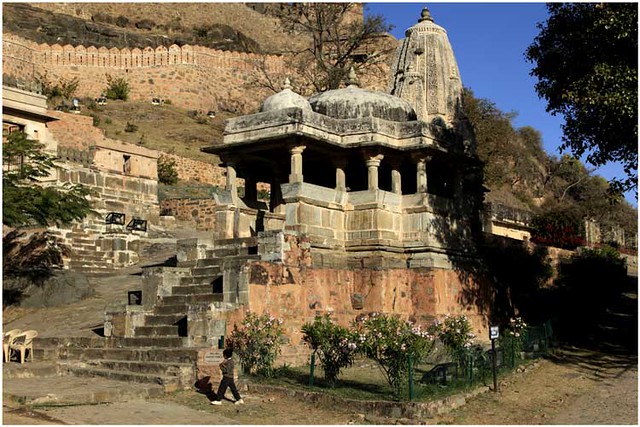
How to reach Kumbhalgarh Fort By Road
There are frequent bus services to Kumbhalgarh from Udaipur to Kumbhalgarh distance (distance 84 km), Nathdwara (distance 50 km) and all major cities and towns around Rajasthan. According to me, you should hire a cab or car service here.
How to reach Kumbhalgarh Fort By Train
There is no direct train to Kumbhalgarh, but you will get a regular train from Rani and Falna, the nearest railway station to Kumbhalgarh. The distance of Kumbhalgarh from Rani and Falna is about 35 kilometres.
How to reach Kumbhalgarh Fort By Flight
The nearest airport to Kumbhalgarh is Udaipur Airport (distance 100 km). From there you can take a bus, taxi or car to Kumbhalgarh.
Nearby places to visit Kumbhalgarh Fort
If you are on a long holiday or you like to visit, then there are many tourist places around Kumbhalgarh like Kumbhalgarh Wildlife Sanctuary, Udaipur Part-01, Udaipur Part-02, Udaipur City-03, Udaipur Part-04, City Palace, Jodhpur, Ranakpur, Parashuram Mahadev Temple in Sadi, Chittorgarh, Nathdwara, Mount Abu, and Ambaji in Gujarat.
(If you have reached here in my article, then you have a small request from me to share your suggestions related to this article in the comment box below, and if you see any deficiency or any wrong information, then also definitely Tell me. I keep posting information related to travel on this website, if you like the information given by me, then you must subscribe to my website through your email, thank you.)

